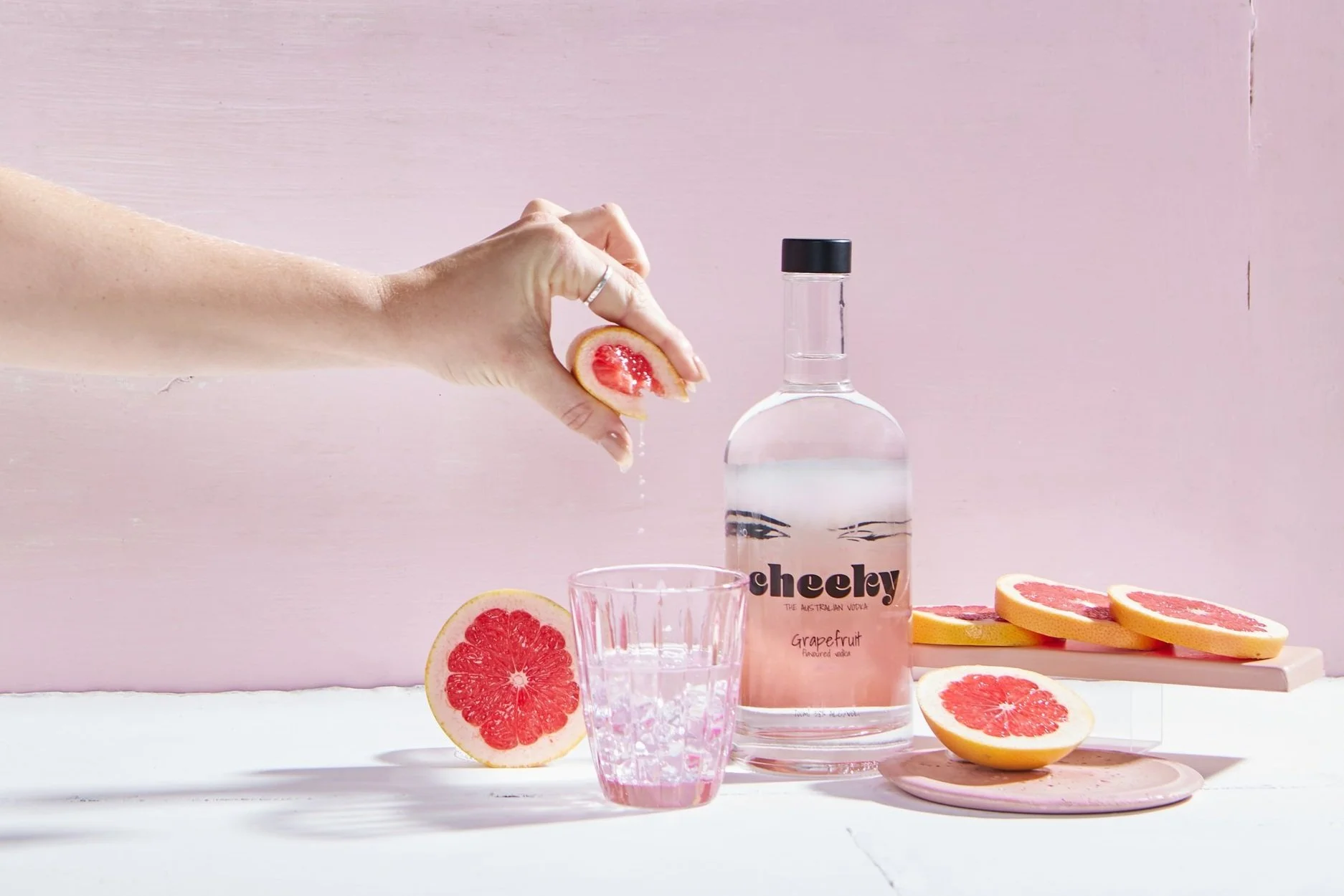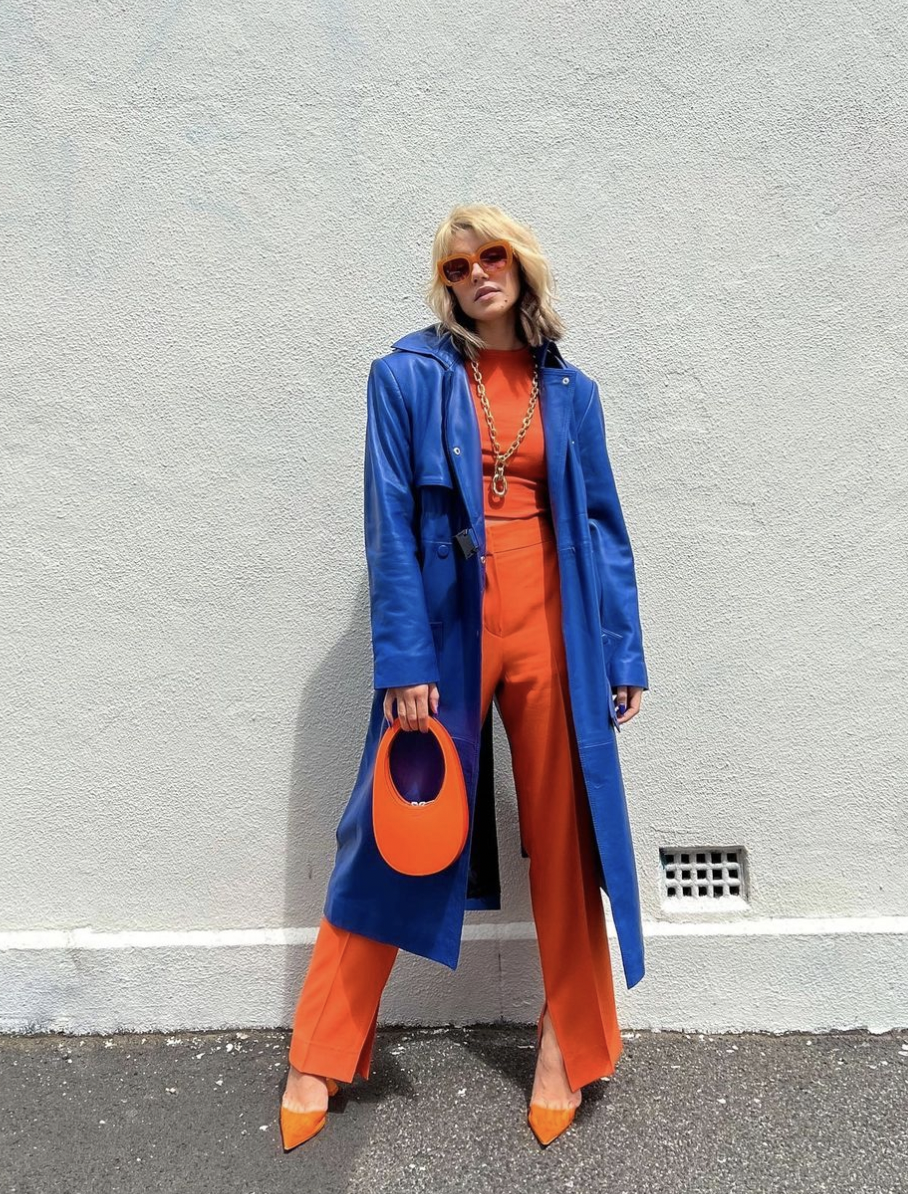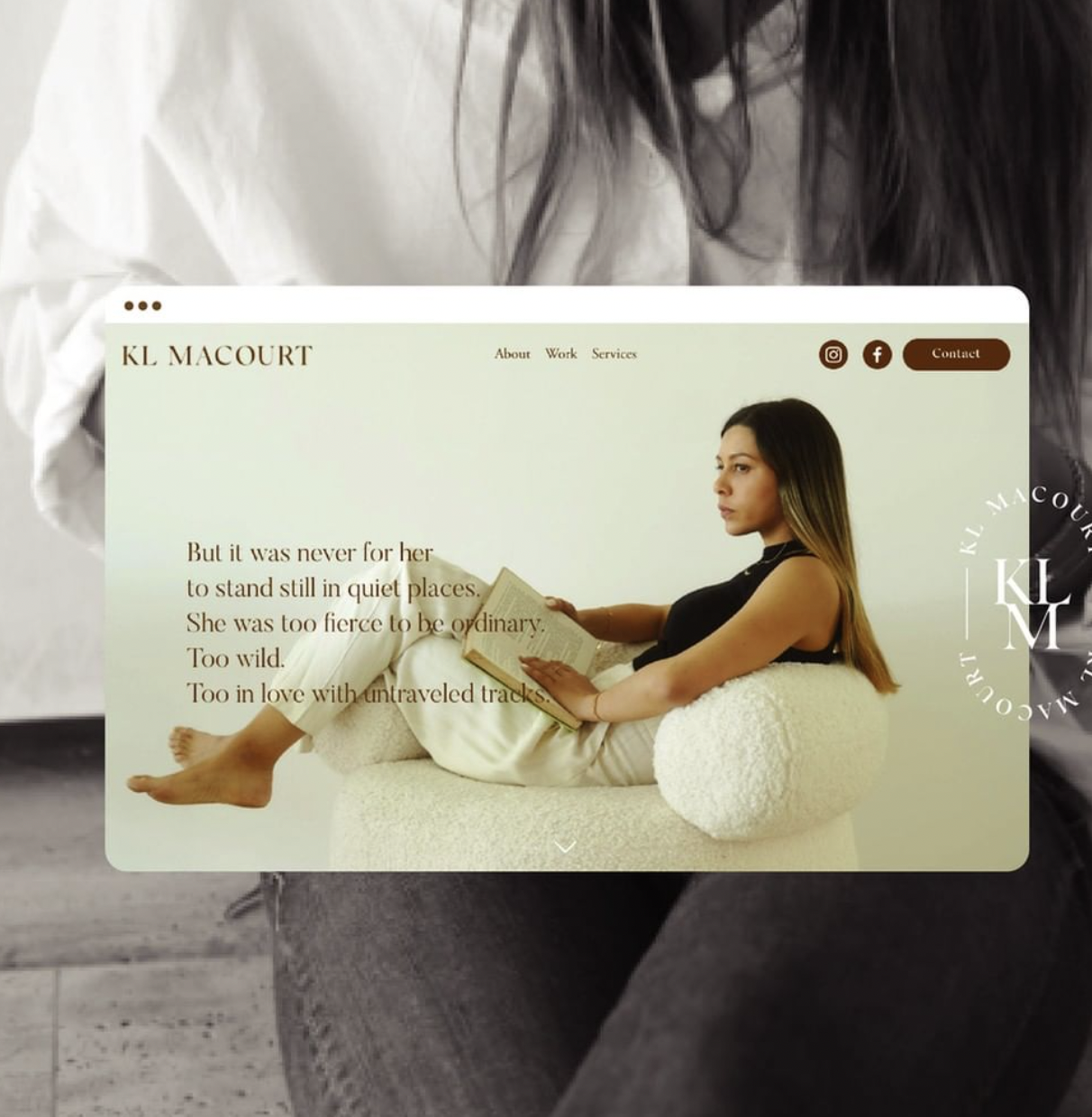content types and how to work them in to your social media marketing strategy
When thinking content marketing or social media marketing, it’s easy to assume that content pillars are the root of your strategy. While this is technically correct (content pillars = essential), understanding the content types ideal for your brand is absolutely key to harnessing a social strategy that’s relevant, captivating, and ultimately drives results.
content types: the basics
Content types are pretty straightforward; they’re the range of content formats observed across various social media platforms including anything and everything from static imagery to GIFs. But let’s dig a little deeper. Content types don’t just apply to what you distribute across social media as posts or stories, they should also be a major consideration when thinking up ideas for online advertisements and your web content. It’s also easy to simplify content types and overlook their detailed purpose and the image of your brand they generate. Below we discuss today’s prominent content types, their contribution to your social media strategy and how to employ them.
01: editorial/campaign content
Editorial or campaign content refers to the polished and professional imagery of your brand’s product offering in action; think a fashion brand’s new collection or styled food photography for a restaurant’s new menu. This content aims to immerse your brand in real-world situations, although obviously staged, and bring light to new arrivals, collections and products available to your consumers. From video to professional photography, the more coverage your editorial content maintains format-wise means the more you get out of each shoot.
But wouldn’t this content type apply to most of the content you share? The amount of campaign content you need depends on your brand’s industry, spending capacity and how often new offerings are introduced, yet quarterly updates are a safe benchmark to sit on to keep your brand’s image fresh and relevant. Remember, there’s other types that you can weave into your content strategy that still maintain perceptions of quality, and illuminate your brand.
02: E-comm content
E-comm or product content is somewhat similar to editorial content, however subtract the large-scale production. This content captures your product and your product alone so as to communicate its attributes and features, and is primarily shared across your e-commerce platforms; your website, social media shops and external retailers.
Most people think the simplicity of e-comm content means it has to be boring. Think again! E-comm content can incorporate bold props, funky back-drops and even a model or two offering a hand at interacting with your product.
03: User-generated content
User-generated content is an umbrella term for any content shared by your audience or external parties that includes your product. From everyday consumers to influencers, user-generated content can include stories, feed posts, YouTube reviews and more. The primary purpose of user-generated content is to spark some FOMO across your potential audience and encourage them to engage with your brand and buy your products.
The question with user-generated content is whether to rely solely on organic or paid content. We say it’s safe to maintain a balance between the two. Organic content, a.k.a content your audience shares naturally, is obviously easier to get ahold of if your brand is reputable and a market-dominator, and therefore isn’t ideal for smaller brands. Paid content, however, is also more suitable for medium to large brands who have greater budgets for well-known influencers. So how to overcome this as a smaller brand? Meet the nano-influencer. Their following doesn’t exceed 10k, yet they have potential to exceed this follower count due to high engagement. Nano-influencers are definitely where to start as an emerging brand before gradually shifting to micro and beyond.
04: graphics
The need for graphics in your content marketing strategy, similarly to other content types, relies largely on what kind of brand you are and what industry you fall into. Across the board, graphics are perfect for communicating key information to your audience (new arrivals, coming soon, trading hours, new store, new blog post etc.). For brands that opt for a less graphic-heavy strategy, such as fashion brands, you can always incorporate graphics into other formats such as photo or video so as to reduce the block-y harshness of graphics within your feed.
While graphics might not be your go-to for social media content, they’re definitely a must when it comes to your web design. A good graphic designer is always an investment when designing web interfaces that differentiate your brand from the rest!
I know my content types, so where do i go from here?
Our answer? To the button down below! Only Everything’s overwhelming experience with bespoke social media marketing strategies, influencer management, content bank production and graphic design means we’re all over the content types consumers can’t get enough of. Have a new collection on the way or looking for a social media re-brand? Contact us below




